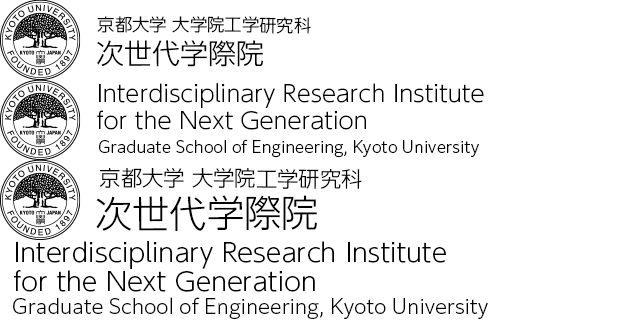Taishi Kobayashi
Department:
Nuclear Engineering
Keywords:
Solution chemistry, Radioactive waste disposal, Trace concentration analysis, Thermodynamics, Structural analysis
Email:
kobayashi at nucleng.kyoto-u.ac.jp
Homepage:
https://researchmap.jp/7000009182
For the radioactive waste disposal, it is necessary to predict the migration behavior of radionuclide under repository conditions. For this purpose, it is important to understand the chemical state and reactions involving various radionuclides, those exit as polyvalent metal ions in groundwater.
Polyvalent metal ions are difficult to dissolve in groundwater (neutral to alkaline pH) in the disposal environment, and it is not easy to directly investigate the chemical state and reaction process of dissolved species at low concentrations. Therefore, we have conducted trace concentration analysis by changing conditions such as pH and temperature, and estimated dissolved chemical species from the trends. Furthermore, by comparing the estimated equilibrium constants and thermodynamic data (enthalpy and entropy) of various dissolved chemical species and considering their systematicity, it is possible to investigate the accuracy of the estimation and the characteristics of the reaction.
On the other hand, most of the insoluble polyvalent metal ions are precipitated as a solid phase. Therefore, understanding the state of the solid-liquid interface of the precipitated solid phase is essential for understanding reactions in the disposal environment, especially dissolution-reprecipitation reactions. For this reason, we are conducting structural analysis using X-rays and neutrons and measuring the potential on the solid phase surface to investigate the relationship with dissolution and reprecipitation reactions.
